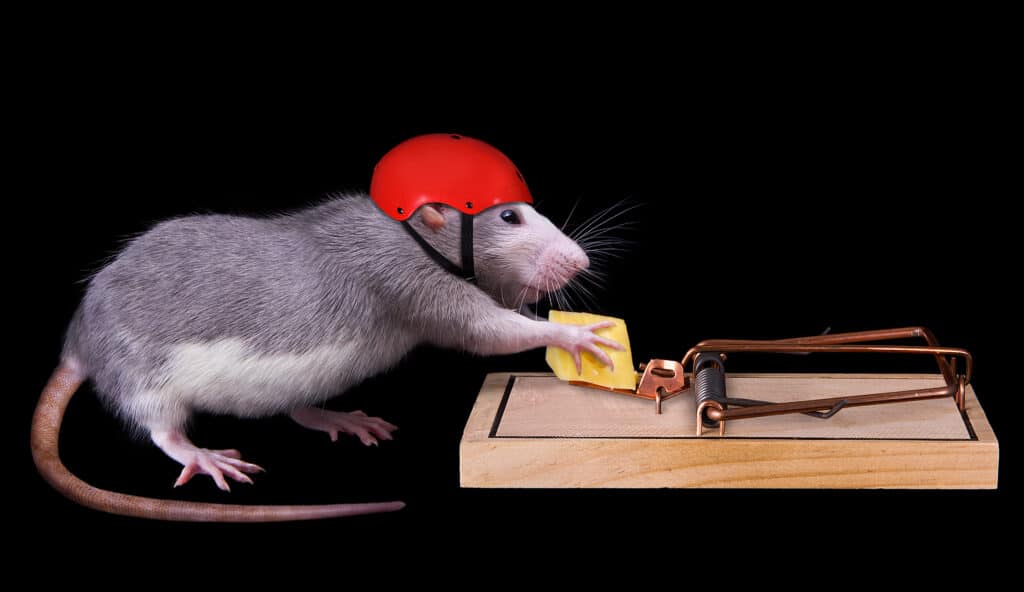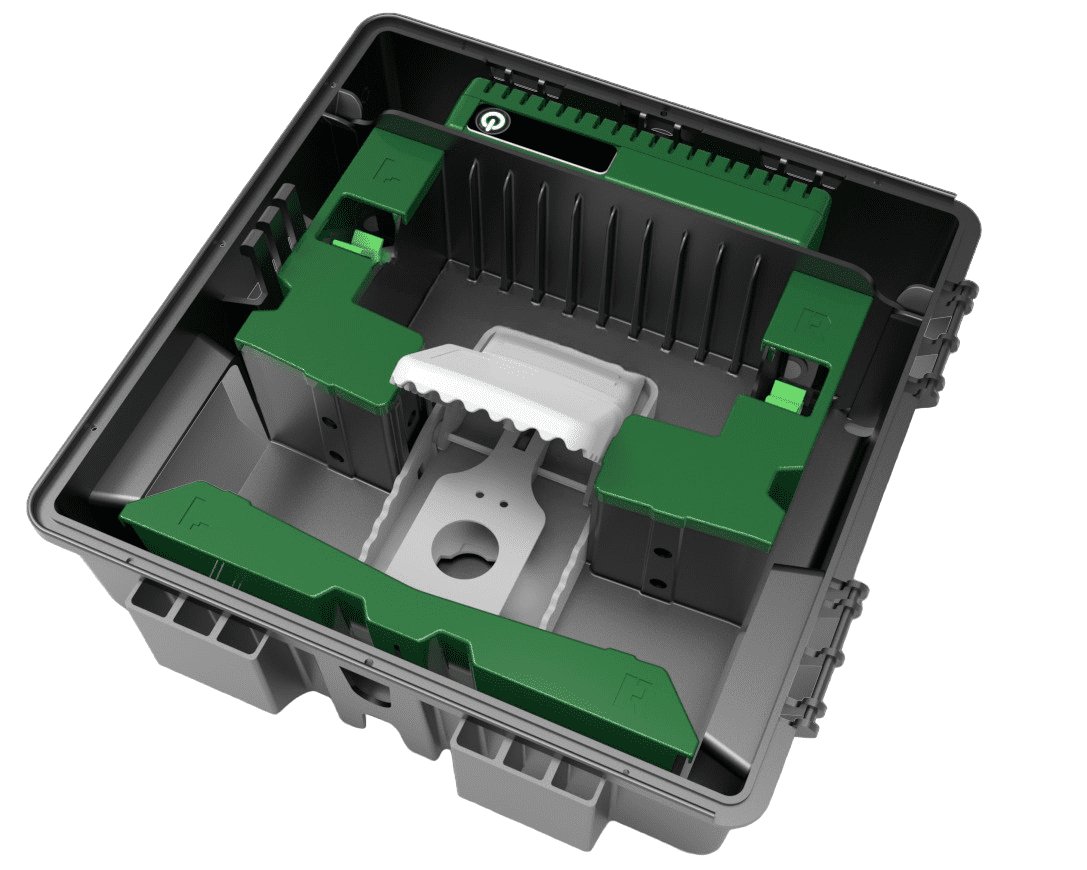How the gateway on-site connects back to the internet is another consideration, as whilst WiFi networks may be pervasive, there may be no guaranteed service level from whoever is running the network. Similarly, corporate IT departments tend to be security conscious about allowing new connections, so due to this a dedicated, shared cellular 4G connection is often the preferred way to go to ensure uninterrupted service for remote monitoring.
Rodent Monitoring Sensors – what are the options?
Most remote rodent monitoring systems use motion detection sensors in some form, to detect rodent activity. These sensors are typically small and can be placed in areas where rodents are likely to pass through. While motion detection is an effective way to track rodent activity, it does not typically differentiate between rodents & non-target activity. Also the fact that something has happened but there’s no additional information on what specifically has occurred, means that a site visit is needed to diagnose further. Depending upon the location and the likelihood of extraneous activity, this can be inefficient.
Smart snap traps go beyond or are often combined with motion detection, also offering the benefit of instant control including secured capture of the rodent in some cases. Most of these devices are however single use, so as soon as they are tripped they require on-site servicing. It is therefore important to look for snap traps that guard against false positive captures in some way, to minimise unnecessary on-site visits & servicing.
Multi-sensor devices detect environmental factors beyond just motion, providing a more comprehensive understanding of rodent activity. Temperature, humidity and carbon dioxide levels can reveal conditions that support infestations and help PMP’s prevent them. Vibration sensors can also be included to detect rodent activity on specific surfaces. This approach allows for more targeted pest control strategies, such as placing traps or baits in specific areas. A multi-sensor approach provides a more nuanced understanding of rodent behaviour, enabling PMP’s to more effectively manage infestations.
For instance, PestSense’s multi-sensor approach includes measuring rodenticide consumption. This enables a more detailed profile of rodent activity with accurate insights into the effectiveness of the control program. The ability to support both rodenticide and non-chemical methods also provides maximum flexibility for PMPs, with the ability to utilise non-toxic monitoring baits being a valuable option in sensitive environments and to minimise environmental impacts. Unlike snap traps, bait stations have the benefit of being multi-visit devices, so analytics can remotely inform the PMP as to the type of pest activity and identify when control measures are appropriate.



